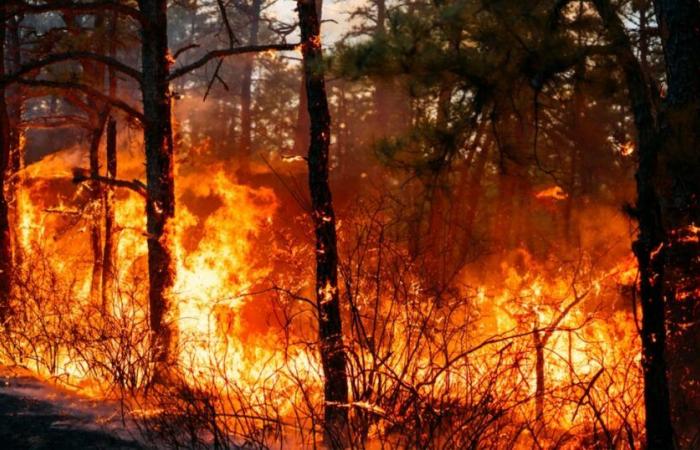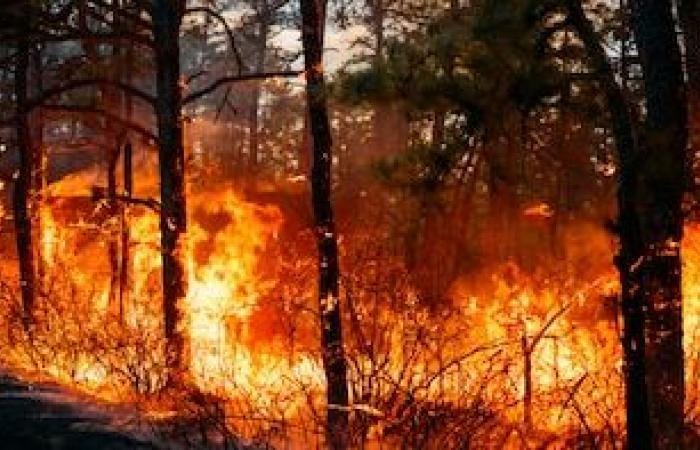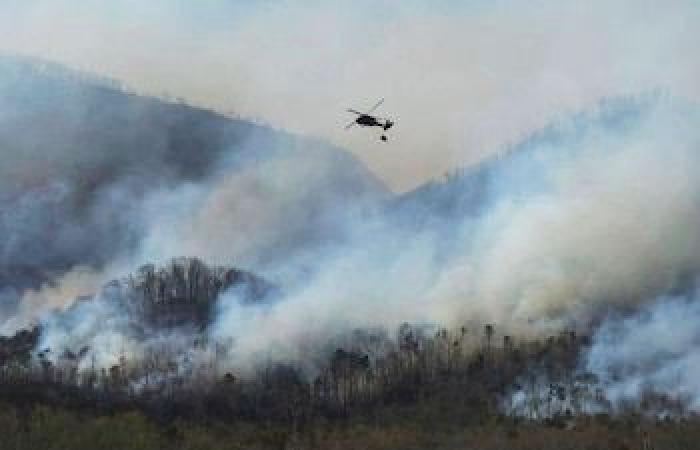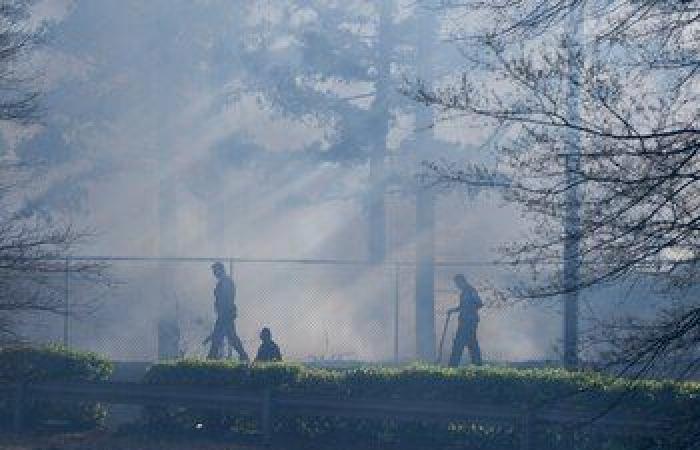The smoke generated by forest fires linked to Climate change has contributed to thousands of premature deaths In the United States during the last 15 years, according to a study published on May 3, 2025 in Nature Communications Earth & Environment. Between 2006 and 2020, approximately 15,000 deaths were attributed to exposure to fine particles (PM2.5) from forest fire smoke, according to The Associated Press.
The analysis was carried out by researchers from the Oregon State University and the Harvard Harvard Public Health School. The team of scientists estimated that the annual rank of deaths was between 130 and 5,100 people. The highest rates were recorded in west states as California y Oregonwhere the combination of high temperatures, droughts and extreme events has increased the frequency and intensity of forest fires.
The authors of the investigation indicated that these data reflect cumulative impacts of forest fires aggravated by climate change. In addition to deaths, the study calculated that the economic cost total associated with these human losses reached 160,000 million dollars during the period analyzed.
The particles PM2.5with a diameter equal to or less than 2.5 microns, they can penetrate deeply into the lungs and reach the bloodstream. These particles have been related to respiratory diseases y cardiovascular. The Health Effects Institute He has estimated that PM2.5 pollutants contribute to approximately 4 million deaths worldwide.
According to Nicholas NassikasHarvard doctor and researcher and main author of the study, the scientific team sought to understand the meaning of these events in terms of public healthwith a particular approach to mortality. Nassikas said that mortality represents one of the most serious consequences for health in the context of environmental change.
The study identified that the most vulnerable groups for the effects of smoke include children, older adults, pregnant women y outdoor workers. These sectors of the population face greater risks due to their physiological sensitivity and prolonged exposure to contaminated air.

The study used climatic models to compare real scenarios with other hypothetics without the influence of climate change. It was determined that the 10% of the 164,000 deaths related to exposure to PM2.5 from forest fires during the 15 years studied, they were due to global warming.
The researchers also identified that the year 2020characterized by great magnitude fires on the west coast of the United States, concentrated approximately the 35% of additional deaths attributable to climate change during the period analyzed.
-Marshall BurkeProfessor of Global Environmental Policy at the Stanford UniversityHe pointed out that the link between climate change and the increase in burned areas is solid. However, he stressed that precisely estimating the relationship between the burned area, smoke and deaths implies methodological challenges due to factors such as wind direction, according to ScienceDaily.
Lisa Thompsonprofessor of the Emory University Specialized in air pollution and climate change, he said that this is one of the first studies that manages to isolate the specific effect of climate change on mortality related to fire smoke. He highlighted the geographical and temporary approach of the analysis.
For its part, Patrick Brownacademic of climate and energy policy in the Universidad Johns Hopkinsexpressed concern about the weight assigned to non -climatic factors in the study. He indicated that, although emission reduction is important, other immediate measures include the creation of Fire safety stripes, Burns prescribedregulations on sources of ignition and efforts of public health.
Jacob BendixEmeritus Professor of Geography and Environment in the Syracuse UniversityHe stressed that the effects of fires can be extended to distant geographical areas from areas directly affected by fire.
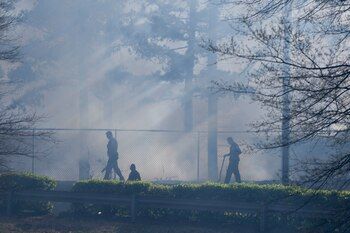
An independent investigation carried out by the Yale University estimated that exposure to PM2.5 derived from forest fires is related to some 11,415 deaths non -annual accidental in the United States, of which 4,512 correspond to cardiovascular diseases.
In addition, a study of the Carnegie Mellon University calculated that in 2017 approximately 20,000 premature deaths in the United States due to the smoke of fires and burnings prescribed. The public health cost of these deaths was estimated at about 200,000 million dollars.
Various scientific studies agree that the global warming The frequency, extension and severity of the forest fires In North America. The increase in temperatures and prolonged droughts It has reduced the moisture of vegetation, which facilitates the spread of fires in large regions of the west of the United States.
The main study researchers warned that, although land management practices such as controlled burnings They can reduce the fuel available for fires, a decrease in Greenhouse gas emissions to avoid an increase in the future of smoke -related deaths.

